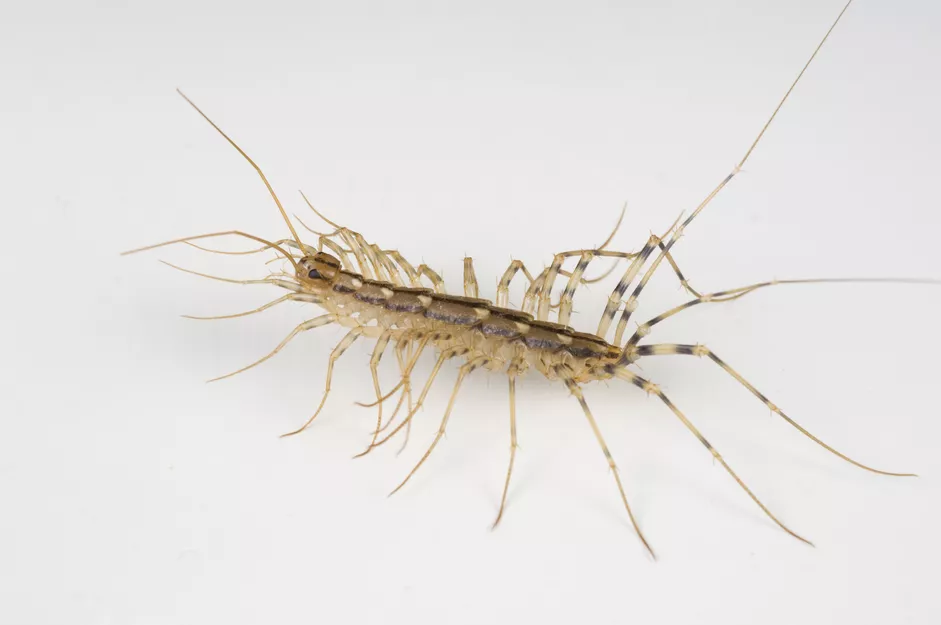
Those many-legged, grayish-yellow creatures with floppy antennae that scamper across the floor and make people scream and leap on chairs are likely house centipedes, and you have probably seen one. The larger legs of the Scutigera coleoptrata, or house centipede, set it apart from other types of centipedes. Insects with longer legs tend to move in a “rolling” fashion, which gives the impression that they have many more legs than they really have.
Advertisement
The house centipede is very fast and will leap in front of you at the most inconvenient moments, such as just after you get out of the bath or while you’re holding a delicate item. If you’re easily startled or terrified by insects, then you’ll notice that these limber critters are the things that cause nightmares.
Despite this, house centipedes pose little to no threat to people and are actually beneficial since they prey on more dangerous insects like roaches, flies, silverfish, and even termites. It’s best to let them be themselves if you can overcome your fear of them.
However, if you consider them to be a bother or cause of irritation, you’ll want to take measures to eliminate or at least minimize their presence in your house.
The Definition Of A House Centipede
The common house centipede belongs to the arthropod family, including insects, millipedes, spiders, and crustaceans (such as lobsters). The Mediterranean was the home of the first house centipede, but now you may find them all across Europe, Asia, and even North America.
The last pair of legs are about twice as long as the torso, and there are a total of 15 of them on an adult female. In all, a centipede will undergo six larval molts and four adult molts before reaching adulthood. Females may live for many years and have as many as 150 babies. It is common for them to remain hidden during the day and emerge at night to hunt.
Advertisement
